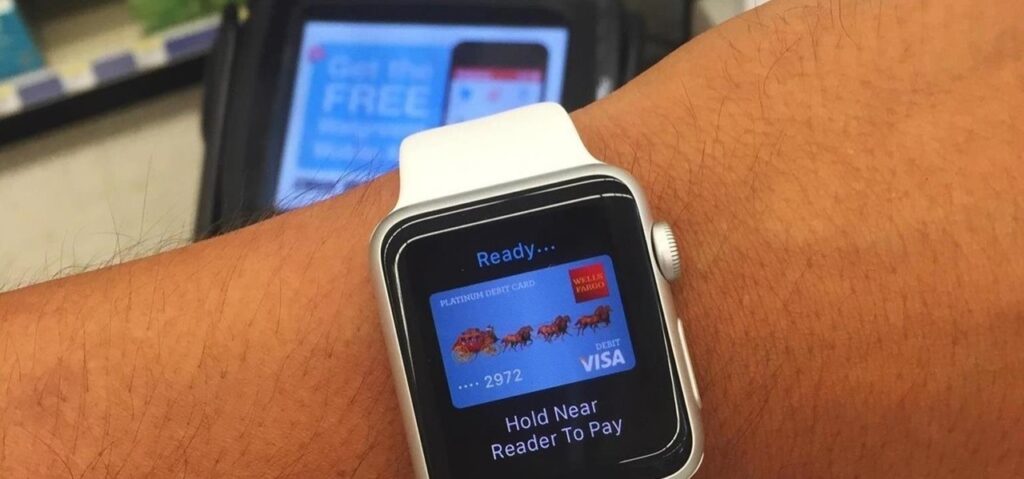What is e-wallet?
Its 2019. From communication, entertainment, navigation, translation, documentation and now tap and go consumerism, your smartphone, or even your smartwatch, probably has an app for that. You might hear Apple Pay or Samsung Pay before right? No need for cash or even cards, as your smart devices easily does almost everything. Just download the app, link up your card, and you’re ready to go. Tap or scan your devices for stuff like shopping, public transport fares and even donate to street buskers!
Does Australia even use e-wallet?
Old habits die hard. If you take a look at the United States, e-wallet is not the mainstream, they don’t use it actively for in-store purchase nor person-to-person transfer. This is because it is a market already well-served by credit and debit cards, just like Australia. But with over 20 million of customers reaching for their smartphone to pay, Australia is expected to become a fully digital nation and embrace being a cashless society. At major Australian supermarkets, one in every five customers used tap and pay for their transaction. Another surprising fact to note; Majority of the users are students, with over 71% of population aged 14 and up, uses e-wallet!
Why should retailers care?
DATA! You might not know anything about your cash-paying customers, but you will start to know them via e-wallet starting with their name, and more depends on the e-wallet features. Stuff like their shopping habits, trends; these data can be use for things like predicting customer spending, analytic, and forecasting demands.
Few other reasons why retailers need e-wallets
- Lesser commission fees
A digital wallet is very much like this card, the difference being that this is an electronic version that a customer can download and install on his or her smartphone in just a few clicks. Thus, the retailer saves the costs of issuing a plastic card, whilst retaining the full functionality of this solution. This also implies lesser transaction fees paid to the bank, which can potentially entail better competitive performance of one’s goods and services.
- Personalized customer experience
Through the e-wallet app on the smartphone, retailers can easily provides promotional value such as coupons, latest offers, and even loyalty program! In most cases, e-wallet marketing complements your existing digital marketing strategy.
- Purchase insensibility
The second golden rule for a retailer, following the maintenance and improvement of profitability levels, is the creation of maximum comfort for the buyer. An ideal purchase transaction is the one that goes unnoticed by the customer. All it takes to make a payment through an e-wallet application is just a few seconds and touches – these solutions save one’s time and nerve by eliminating the need to stand in line.
- Safety
Funds stored in e-wallets are just as safe as physical cash in your own wallet. In fact, it’s actually more secure than physical cash – the risk of snatch thefts, robberies and petty thieves stealing your wallet is always present. With e-wallets, you can minimise the amount of physical cash to carry. This security extends to the e-wallet apps as well. Most transactions require some form of password or biometric authentication, which means it’s extremely difficult for someone to steal your e-wallet and pay for something.
- Additional cost saving
A digital payment from an e-wallet through a payment service is a legitimate proof of a transaction, just like a printed cash receipt. This could be a warranty policy, post-warranty, evidence for claims, etc. Development of such technologies as the RFID electronic tag brings about the prospect of saving the costs of printed materials and tons of paper currently used for the production of leaflets, billboards and coupons. Payments through mobile applications are also going to reduce the costs of hired personnel for retail business owners – so many checkout cashiers and cash-in-transit providers will not be required any more.
What, and how long will it take to change the consumers status quo?
In the longer run, it will work. This is especially true for any nation with a large number of young generation that grows up with mobile Internet. Most analysist were positive, that, in 5 years time, the young generations who grow up with the Internet will adopt it.
Closing note
E-wallets have surely revolutionised the market but there’s one step that can be (and has been) eliminated – loading money to the wallets. Many new applications has been released which let users transact using their bank account balance directly. Payments banks have already emerged in the market and will lead e-wallets soon. In conclusion, even from a smaller retailer’s point of view, the benefits of cashless payments are obvious, as it will offer a more secure system with lower transaction costs – no commissions, increased comfort for the customer (making queues shorter and less nerve wracking), decrease in staff needed at checkout points, and of course safety. This also means no in-store theft among employees or cashiers and a lower risk in losing cash while handling it. Given time, e-wallet will forever transform the retail and e-commerce landscape.












